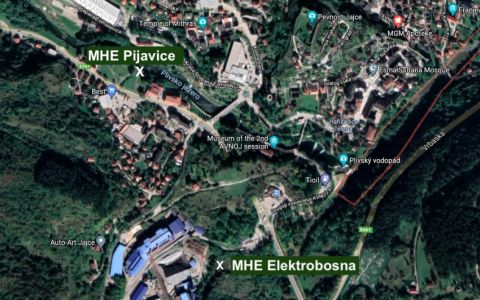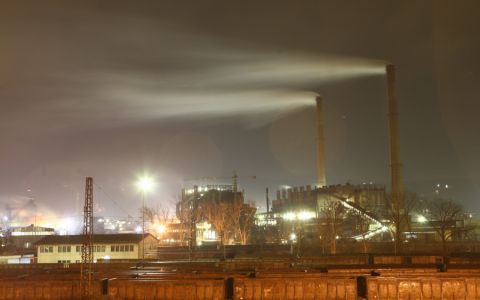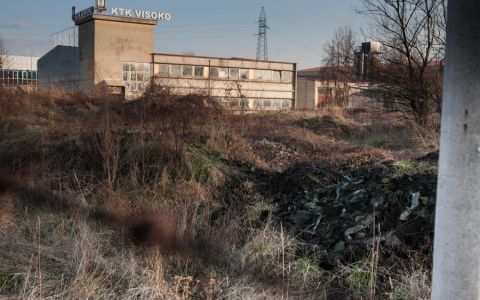Kakanj in central Bosnia is a town of about 40,000 inhabitants based on the coal mine opened in 1902. Life in the city is very much linked to heavy industry. The region offers business opportunities in brown coal surface mines, in the cement plant and a thermal power plant. The power plant burns brown coal and is owned by the state energy company Elektroprivreda BiH. It supplies the Kakanj city by heat and the wider area by electricity.
The power plant construction started in 1947 and the generation of electricity began in 1956. The plant has a base capacity of 450 MW and two additional parts of 300 MW have been submitted. It burns about 1.8 million tons of coal supplied from the local production. Beside the generation of electricity the TPP Kakanj produces and delivers thermal energy for the district of Kakanj and additionally supplies slag and ash to the Kakanj cement factory.
Problems with emissions
The thermal plants, officially the biggest air polluter in the country, emit between 65 - 90% of all SO2, NOx and CO2 emissions to the atmosphere. Even though some environmental precautions were made, such as the reduction of dust emissions and NOx emissions (these values are in line with current EU legislation), the emissions of sulphur dioxide have not been tackled so far.
The Kakanj thermal power plant remains one of the main air polluters in the country and furthermore its impact extends beyond the state borders to the neighbouring countries.
Environmental consequences
Bosnia and Herzegovina was one of the most polluted parts of the former Yugoslavia and was responsible for 32% of its total air pollution. The biggest polluter was industry, including the thermal power plant in Kakanj. In Kakanj, the annual SO2 emissions used to be 84,194 metric tons (in former Yugoslavia). Currently, only few of the industrial plants in Bosnia are operating, so pollution is much lower than before the war. However, once these industries are rehabilitated and restart production, industrial air pollution also increases, since restarting the industrial production is seldom followed by investments in environmental protection.
Moreover, the water contamination appears to be another serious problem. Leakage wastes up significantly the running water and it leads to a high risk of secondary water contamination.







